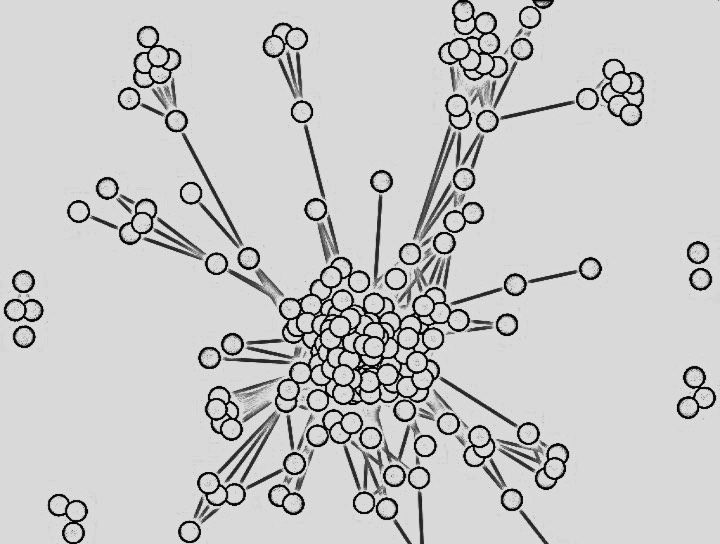A new paper from the PML Group and collaborators uses a moving standard deviation saturation approach to reveal dominant timescales of variability in global satellite data.
by Bror Jönsson for CBIOMES
Marine ecosystems are not only defined by the general abundance of primary producers but also by their variability. In many regions of the ocean, biological production is punctuated by hotspots and blooms that exhibit a high spatial and temporal variability in the phytoplankton biomass. Satellite-derived proxies for biomass such as Chlorophyll (Chl) provide unprecedented coverage in time and space but are sparse with gaps from clouds etc. about 80% of the time.
We have developed a new method to estimate dominating timescales of variability based on calculating the standard deviation of the time series data over moving windows of a set time interval and repeating for different time-interval windows. Our results show that the method can assess dominating timescales (τd) in time series where data coverage is sparse. We find that τd values for SST generally vary on longer timescales than Chl. There is a threefold variability in τd for SST and Chl, even within regions that are traditionally considered to be biogeographically homogeneous.
Our findings, while novel by themselves, have the potential to help explain patterns in observed global phytoplankton biodiversity; for instance, small organisms might have a competitive advantage in regions with short dominant timescales. Another potential use would be to constrain estimates of carbon export from the surface ocean for regions where it has been suggested that the timescales of biomass change may play an important role. We believe that the MOSS (MOving Standard Deviation Saturation) method can provide a framework for a concerted approach to connect variability in phytoplankton biomass and biological production with export production and export efficiency.
Publication
Bror F. Jönsson, Joseph Salisbury, Elizabeth C. Atwood, Shubha Sathyendranath, Amala Mahadevan (2023), Dominant timescales of variability in global satellite chlorophyll and SST revealed with a MOving Standard deviation Saturation (MOSS) approach, Science Direct, doi: 10.1016/j.rse.2022.113404


